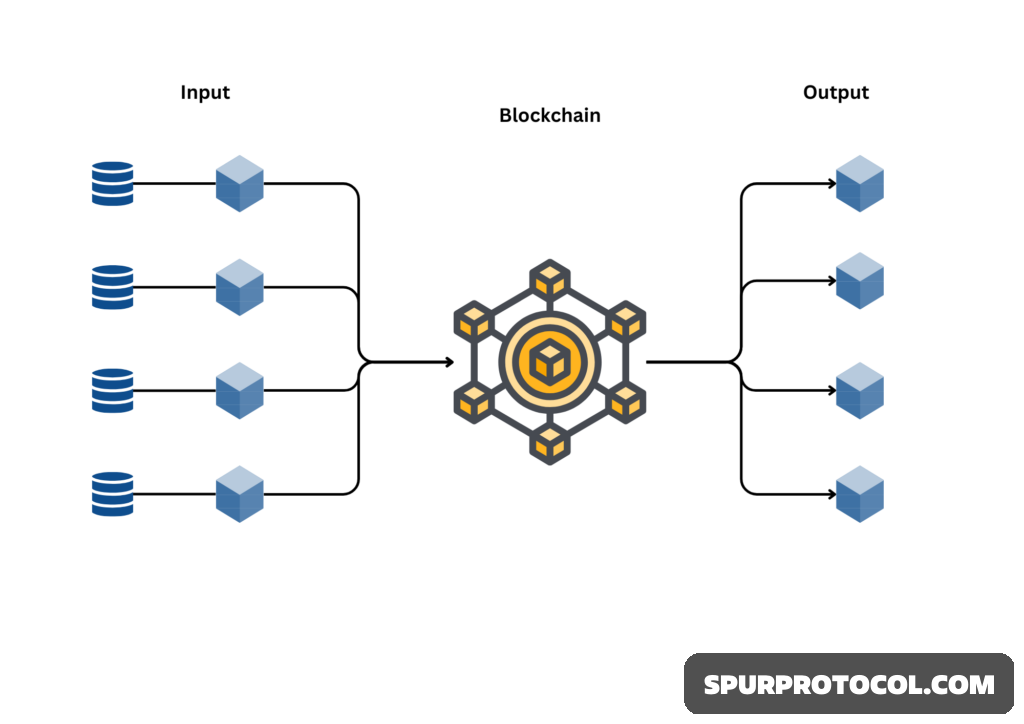What Is An Oracle In Blockchain Technology?
An oracle is a third-party service that securely fetches real-world data (off-chain) and submits it to a smart contract (on-chain). Oracles are a critical piece of middleware that enable smart contracts to execute based on external events, but they are also the primary single point of trust, known as the "oracle problem."
Go Back

🕒 6:55 AM
📅 Oct 27, 2025
✍️ By Nathanael707
Defining the Role of a Blockchain OracleA blockchain oracle is a cryptographic mechanism that serves as a bridge between the deterministic, secure environment of a blockchain and the variable, unreliable data of the outside world. Smart contracts, by nature, cannot access data outside the chain, so oracles are essential for any contract that needs to react to external information, such as real-time stock prices, weather data, or the outcome of a sports match.
Function: Feeds external data into a smart contract.
Need: Smart contracts are deterministic and cannot communicate outside their own network.
The Oracle Problem: The security of the entire contract execution depends on the security and truthfulness of the oracle's data source.
Use Cases: Essential for decentralized lending (price feeds), insurance (event data), and prediction markets.
Types of Oracle Architecture
Oracles are primarily classified by the source and the complexity of their data provision.
Software Oracles: Deal with online information sources (e.g., price data from APIs).
Hardware Oracles: Deal with data from the physical world (e.g., GPS, IoT sensors).
Inbound Oracles: Bring data onto the chain (most common).
Outbound Oracles: Enable smart contracts to send instructions off the chain.
Decentralized Oracles: Use a network of independent node operators to source, aggregate, and validate data, mitigating the single point of failure risk.
Security and Trust Mitigation
The primary challenge of an oracle is ensuring data integrity; a compromised oracle can lead to massive losses in a protocol.
Data Aggregation: Collects data from multiple independent sources to prevent reliance on a single point.
Reputation Systems: Punishes (slashing) malicious or faulty data providers.
Cryptographic Proof: Uses Zero-Knowledge proofs or TEEs (Trusted Execution Environments) to cryptographically guarantee the integrity of the off-chain computation.
